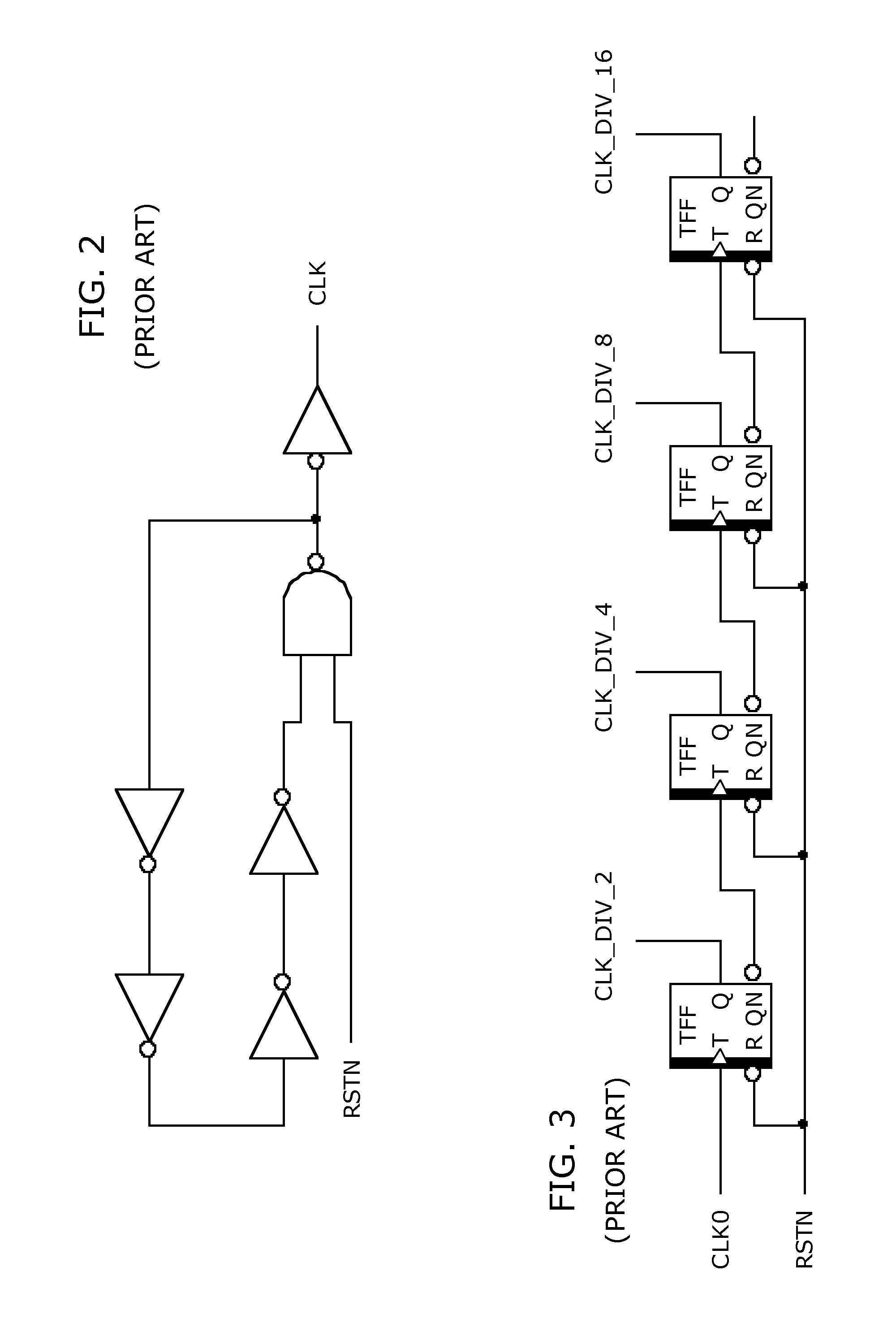Self-timed timer
a self-timer and timer technology, applied in the field of asynchronous state machines, can solve the problems of erroneous state changes, difficulty in design, irregular timing of state changes in asynchronous state machines, etc., and achieve the effect of low cos
- Summary
- Abstract
- Description
- Claims
- Application Information
AI Technical Summary
Benefits of technology
Problems solved by technology
Method used
Image
Examples
Embodiment Construction
[0054]In the following description, numerous specific details are set forth to provide a thorough understanding of the present invention. However, it will be apparent to one of ordinary skill in the art that the invention may be practiced without these particular details. In other instances, methods, procedures, and components that are well known to those of ordinary skill in the art are not described in detail to avoid obscuring aspects of the present invention.
[0055]In digital logic, an asynchronous state machine (ASM) has much in common with an ordinary synchronous state machine. Both may have (1) storage elements, e.g. latches or flip-flops, which hold a current state; (2) deterministic state transitions based on combinatorial functions of current state and external input signals; and (3) output signals that are combinatorial functions of current state and input signals. Additionally, both may have an external reset input that forces the state machine to a start state. There is,...
PUM
 Login to View More
Login to View More Abstract
Description
Claims
Application Information
 Login to View More
Login to View More - R&D
- Intellectual Property
- Life Sciences
- Materials
- Tech Scout
- Unparalleled Data Quality
- Higher Quality Content
- 60% Fewer Hallucinations
Browse by: Latest US Patents, China's latest patents, Technical Efficacy Thesaurus, Application Domain, Technology Topic, Popular Technical Reports.
© 2025 PatSnap. All rights reserved.Legal|Privacy policy|Modern Slavery Act Transparency Statement|Sitemap|About US| Contact US: help@patsnap.com



